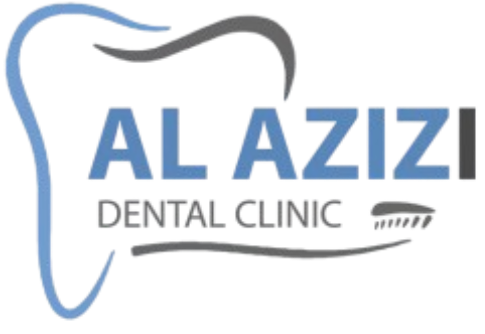Orthodontics: Necessity or Cosmetic?
Orthodontics: Necessity or Cosmetic?
When we think of orthodontics, the first thing that may come to mind is a beautiful, straight smile. However, the benefits of orthodontics go beyond merely improving appearance. In this article, we will discuss the importance of orthodontics from both necessity and cosmetic perspectives and how it can impact overall health and quality of life.
Health Benefits of Orthodontics
Correcting Crowded Teeth: When teeth are crowded or overlapping, it can be difficult to clean them properly, increasing the risk of plaque buildup, cavities, and gum disease. Orthodontics helps correct this crowding, making it easier to maintain oral hygiene.
Improving Bite: A proper bite plays a significant role in effectively chewing food and avoiding digestive issues. Orthodontics can help correct bite problems such as open bite or crossbite, improving the mouth's ability to perform its functions correctly.
Reducing Uneven Tooth Wear: When teeth are misaligned, uneven wear can occur due to imbalanced bite pressure. This can lead to enamel problems and increased sensitivity. Orthodontics helps distribute pressure evenly across all teeth.
Relieving Jaw and Joint Pain: In some cases, misaligned teeth can cause pain in the jaw and surrounding joints. Orthodontics can help alleviate this pain by improving the balance of teeth and the jaw.
Cosmetic Benefits of Orthodontics
Enhancing the Smile: A beautiful, straight smile is one of the most prominent cosmetic benefits of orthodontics. Well-aligned teeth can boost self-confidence and make a person feel more comfortable in social interactions.
Increasing Self-Confidence: Well-aligned teeth can give a positive impression and make a person feel confident when speaking or laughing. This can positively impact personal and professional relationships.
Avoiding Early Use of Crowns and Bridges: People with dental problems due to misalignment may need crowns or bridges early on. Orthodontics can help delay or avoid the need for these costly treatments.
Types of Orthodontics
Traditional Braces (Metal): Consist of metal brackets and wires, the most common and least expensive option. They work efficiently to correct various problems but may be visibly noticeable.
Ceramic Braces: Similar to traditional braces but made of clear or tooth-colored materials, making them less noticeable.
Clear Aligners (Invisalign): Consist of removable, clear trays that fit the shape of the teeth. They are the most aesthetic and least intrusive option but can be expensive and require significant patient commitment.
Lingual Braces: Placed on the inside of the teeth, making them invisible from the outside. They require special skill from the dentist and may be uncomfortable initially.
When is Orthodontics a Necessity?
Severe Crowding: When teeth are overlapping in a way that hinders cleaning and increases the risk of cavities and gum disease.
Severe Bite Problems: Such as open bite or crossbite that affect the function of the mouth and digestive system.
Uneven Tooth Wear: Leading to enamel problems and increased sensitivity.
Jaw and Joint Pain: Caused by misaligned teeth.
In conclusion, orthodontics is not merely a cosmetic procedure but a health necessity in many cases. By improving the balance of teeth and the jaw and correcting bite problems, orthodontics can significantly enhance quality of life and overall health. If you are considering orthodontics, it is essential to consult with a dentist to assess your condition and determine the most suitable option for you.





